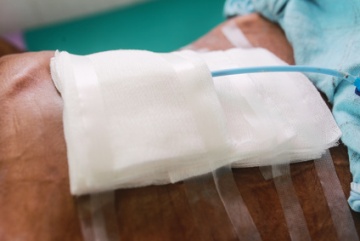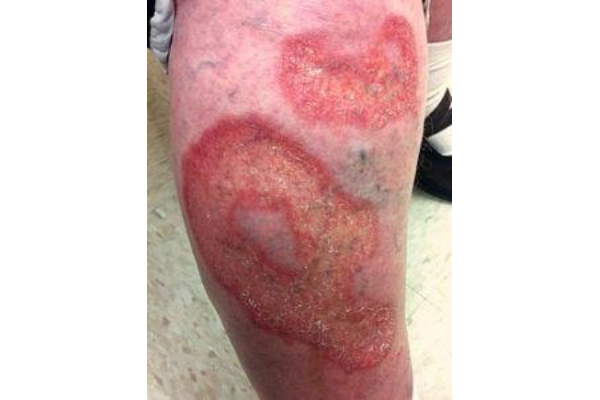My Aha Moment: A New Perspective on Patient-Centered Care
January 26, 2017
Medicine changes constantly, and we must stay up to date on the best options for our patients. You're reading this because you want to be a better caretaker for the sick and injured - you want to be a better provider.
We should all strive to be better and know more.
However, being "better" doesn't always mean reading articles or attending national conferences. We can often become better wound care providers just by being present and taking a few minutes to actually listen to the patient, read the situation, and show compassion.
In our professional careers, there are often "aha" moments. These are moments of clarity that solidify why we do what we do every day, why we care so much, why we've chosen this profession, why we are good at what we do, why we are respected by our peers and patients, and why our passion for healing leads us to blogs like this. It is our collective desire to enhance how we care for our patients.
Becoming a Patient-Centered Provider
We have all been a patient at one time or another. Car accidents, broken bones, having a baby – we have all had to put on that gown from time to time. It can be frustrating, humbling, and downright scary. We know the course of treatment and what to expect. We heal and time passes. Scars do fade… But did you take anything away from the experience? Did your experience as a patient make you a better, more compassionate provider?
My latest "aha" moment may be the biggest one of my health care career, and I want to share with it you!
For me, this "aha" moment did not occur while taking care of patients, and certainly did not hit me all at once. No, I have been experiencing my most important "aha" moment firsthand for the past year.
In 2016 I was hit with a diagnosis of cancer. Cancer. No one likes that horrible word. The word itself causes an array of emotions—like fear and anger. I was told that I needed to have surgery as soon as possible, and became even more frightened. I was no longer a well-educated woman, confident in her understanding of medicine. I became a petrified patient who was fearful of the unknown… A patient who hung on my surgeon's every word… A patient who had to read the faces of her nurses to determine of this was going to be good or bad news… A patient who cried entering the surgical-oncology suite because it had the word "oncology" in it. I was no longer a health care provider. I became just another patient in a gown.
The Other Side of Patient Care
Being on the other side of health care is very humbling. Through this process, I learned a lot about myself, including that I am stronger than I ever imagined I could be. This process has also made me a better health care provider because I have taken my experience and incorporated it into how I am at the bedside with my wound patients.
My hope for you is that you realize you are entrusted with your patient's health—the most precious commodity that a person can possess. It is important to recognize that patients are scared, anxious, depressed, and have valid concerns. Symptoms that seem so normal to you, based on their diagnosis, are absolutely petrifying to them. Their body feels foreign; their spirit often feels broken.
You are often caring for patients at the worst moments of their lives. When patients receive bad news or a difficult diagnosis, they don't hear the rest of the education that is given. Follow up appointments are important so that reeducation and questions can be addressed. Make time to personally answer their phone calls, and remember that the patient and their families are petrified. They may need to hear things explained several times in order to comprehend the situation and the plan of care, and they want to hear it from only you.
We must also not forget that small things—eye contact, putting your hand on their hand, and personally visiting the hospital room instead of sending your resident—truly go a long way. It is essential to reassure patients that they are not alone in this process. You have to show them that you are their provider, that they can trust you, and that you will be there for them every step of the way in the healing process. Spending time with patients and reassuring them is critical because the patient's world may feel as if it is spinning out of control.
As health care providers, we must ensure that compassion, understanding, kindness, patience, and a bit of humor are always incorporated in how we care for our patients.
About the Author
Lindsay (Prussman) Andronaco is board certified in wound care by the Wound Ostomy Continence Nursing Certification Board. She also is a Diplomate for the American Professional Wound Care Association. Andronaco is the 2011 recipient of the Dorland Health People's Award in the category of 'Wound Ostomy Continence nurse' and has been recognized in Case In Point Magazine as being one of the "Top People in Healthcare" for her "passionate leadership and an overall holistic approach to medicine."
The views and opinions expressed in this blog are solely those of the author, and do not represent the views of WoundSource, HMP Global, its affiliates, or subsidiary companies.












Follow WoundSource
Tweets by WoundSource